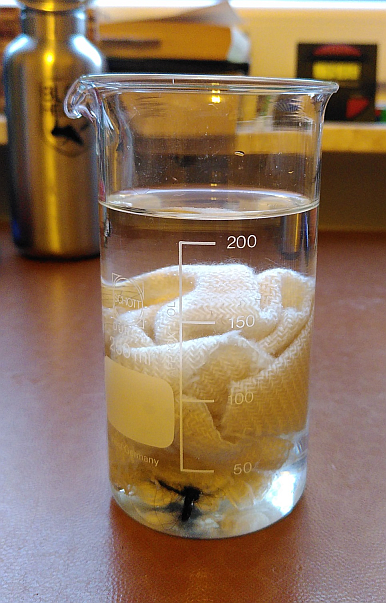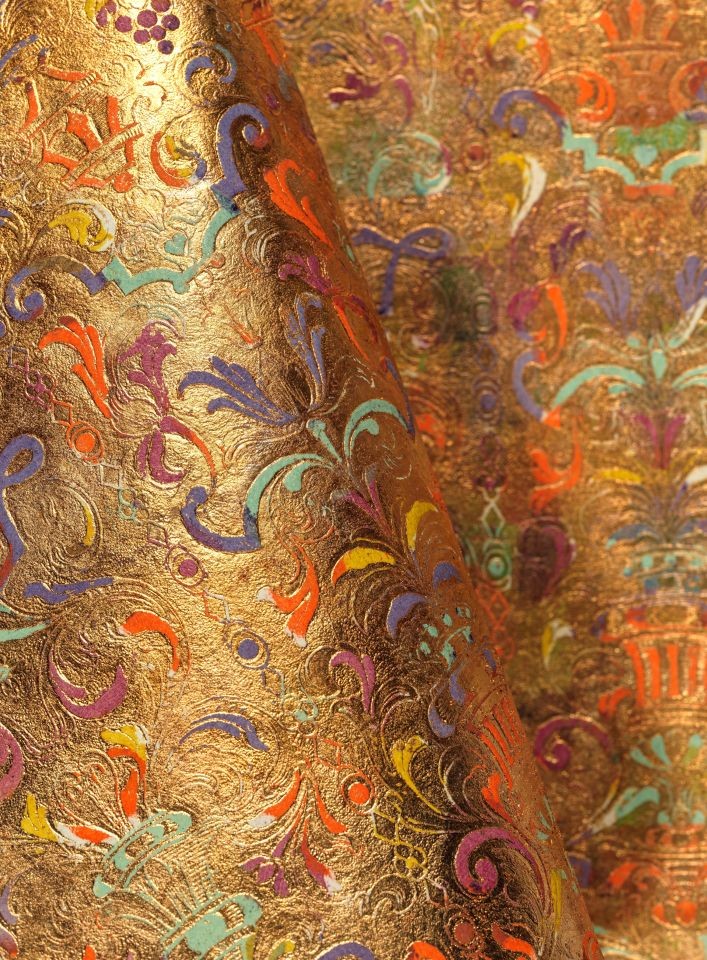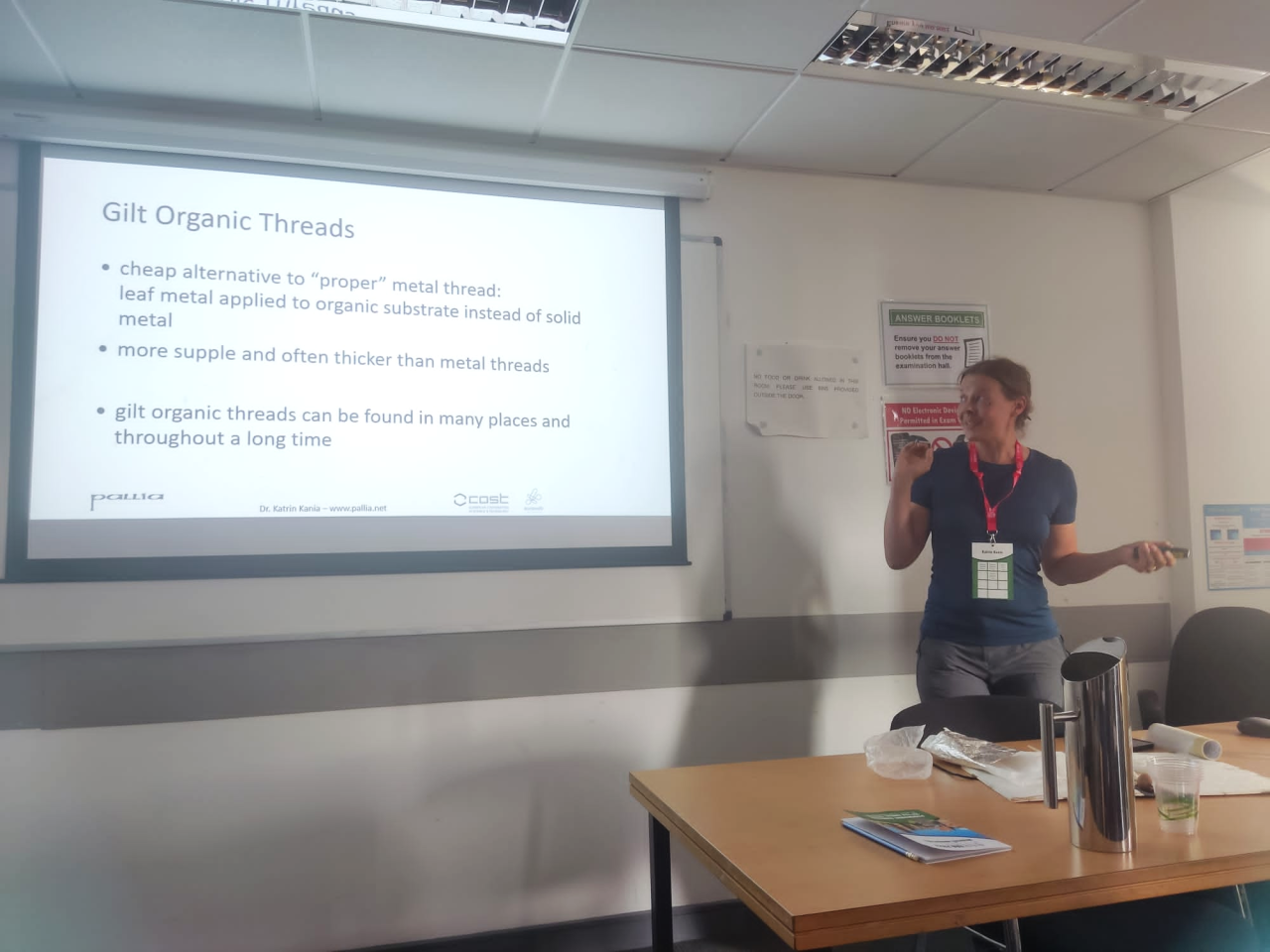While I'm doing necessary office work (the books have to be kept once in a while, for tax stuff to be sorted out in time), part of my brain is still nibbling on the madder-water-tests. Especially that part which likes to add more and more things to an experiment... because, well, variables and such. And the good old "but but but there's more to find out, can we not?" thing. Aaah.
Current ponderings are related to the dyestuff, not the water. I had decided, in the start, that we'd use one batch of madder, preferably of at least decent quality, and if possible (very much preferred) of very good quality, to do the test runs. Now one of the colleagues asked "which madder are you planning to use", and I started thinking... It's clear that we will test different waters with the same madder - but should we also test different madder harvests/sources with the same water? There's definitely enough local tap water to do that, and I might be able to get two or three other waters in sufficient quantity to do a comparison of two to four different kinds of madder (well, technically one water would do, but maybe different madder qualities react differently to different waters)... so that would be an option. An option that tickles me, to be honest.
And that's not even dipping a toe, or fingertip, into the whole huge, HUGE topic of assists such as bran, fermented bran, beer, and other plant materials that were sometimes added to the madder bath. I've even read about the roots being roasted beforehand. So, so many things that one could try, and try to figure out what they do. In some cases it's pretty clear, at least part of it - adding sour material such as beer or fermented bran will adjust the pH, which is almost always a factor when dyeing. But what pH is the best one for the madder? And how did the dyers of old know how to dose it? (Well, if you just add beer or bran, you can taste it. That would definitely work.) But is the pH the only thing that will be doing stuff? Or would the fermented bran also do some microorganism magic and act on the madder roots while it all soaks before dyeing? Would the (probably dead) yeasts in the beer add something? Or the alcohol have an effect?
So many questions. It would probably be enough for a doctoral thesis (a pH-D-Thesis, hah!) to figure out all, or at least most, of the influences on the madder.
Here's hoping that nobody will get mad when we tackle this at the Forum...







